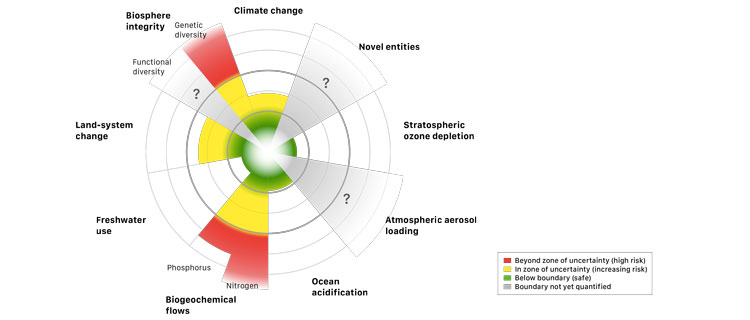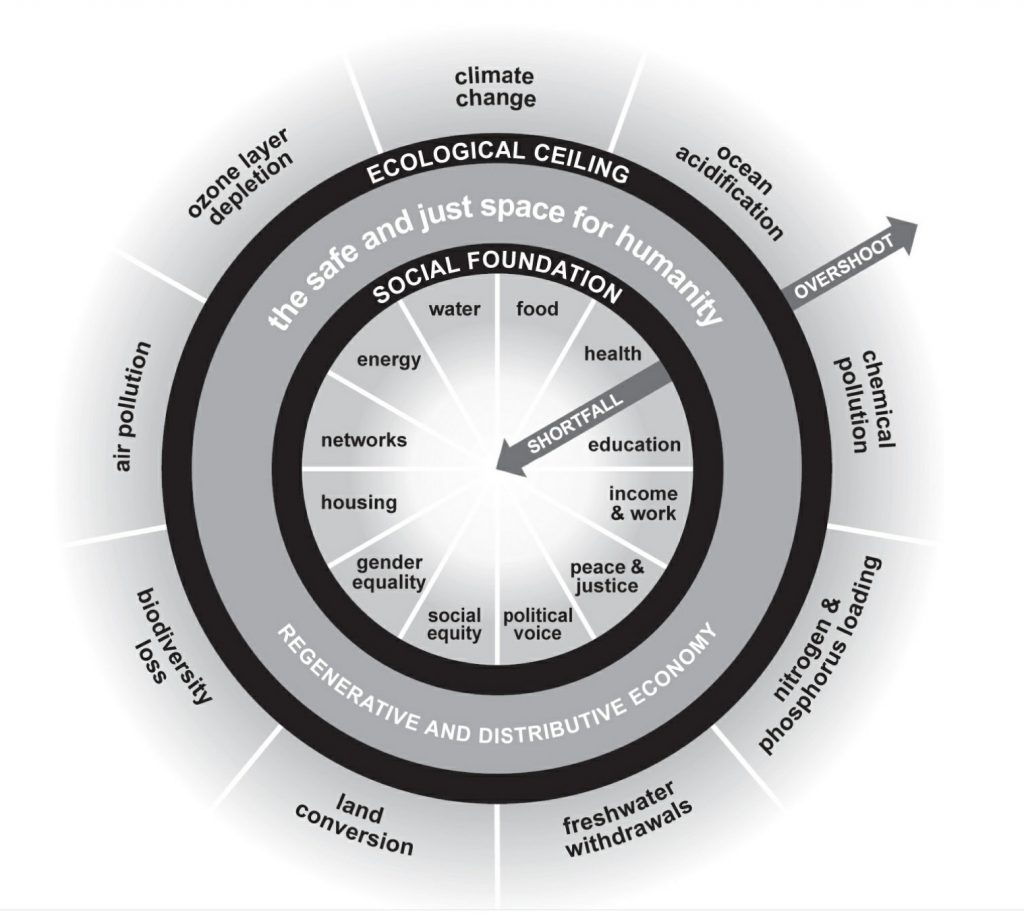Human systems are actively self-conserving - so changing the fundamental design thinking behind them can take a revolution.
That's where we're most likely heading, led by the likes of Germany and China - towards a Third Industrial Revolution.
You wouldn't think it to look at the latest sexy, leading-edge technology products - but the design thinking underlying the systems s that deliver our smartphones and EVs is still largely stuck in the 19th and 20th centuries.
Today's supply chains are still largely 1-way mine-make-use-dump based on extracting natural resources and exploiting human systems. They've left us with challenges from ozone depletion to species loss.

Jeremy Rifkin's take on this is fascinating:
“How do you grow ... when your businesses are plugged into a second industrial revolution infrastructure of centralised telecommunication, fossil fuel, nuclear power, internal-combustion transportation for roads, rail, water and air transport, and we know that the productivity in that infrastructure peaked, and all the major industrial countries over the last 10 to 15 years?”
https://www.businessinsider.com.au/jeremy-rifkin-interview-2017-6
Rifkin proposes than a Third Industrial Revolution is on its way - one where we’re moving toward a planetary digital interconnected platform. He sees three global "internets" developing and converging: the communications internet, an expanding distributed "energy "internet", and a "mobility internet of Electric and Autonomous Vehicles.
At it's best, we could be heading for a complete transformation of our economic models - one where everyone connected could potentially engage in social entrepreneurial networks to form a global economy.
But the problems with revolutions tends to be that they sneak up on the majority of us. The existing status quo with its existing power structures fights for survival, and lots of assets, businesses, careers and individuals get stranded when the dam breaks and the flood arrives.
Economist Kate Raworth's Doughnut Economics provides a great visual explanation of smarter economics, where the economy is more accurately sited as a circular system supplied by both the communities and the ecosystems it inhabits.

The most powerful place to change a system is in the mindset that created it - and whether the label is Doughnut Economics or Cradle to Cradle Innovation, Circular Economy or Biomimicry, the mindset shift is the same.
The shift is in the fundamental paradigm - that business exists outside ecosystems and communities. The fallacy that "the environment" is the domain of governments and charities is increasingly glaringly obvious.
The paradigm shift - which as been happening since the 1970s - is to re-designing the human systems we call "business" and "the supply chain" so that they protect and regenerate the ecosystems and communities that business needs to flourish.
We have the solutions - catalogued by Project Drawdown. They're actionable today - in all levels of human systems - through action lists such as those of Project Regeneration and WorkForClimate.
The solutions are scaling, their efficiency and their financial benefits are increasingly quantifiable - to all sizes and types of organisation.
There's much more fun to be had delivering solutions - along with business, career and community development opportunity.
Are you missing out?